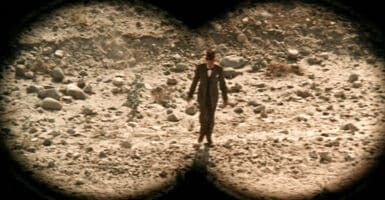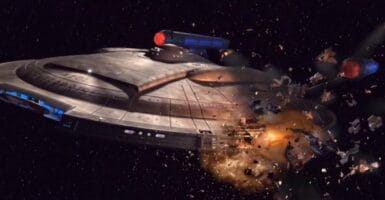Star Trek Fan-Favorite Species Has Controversial Inspiration
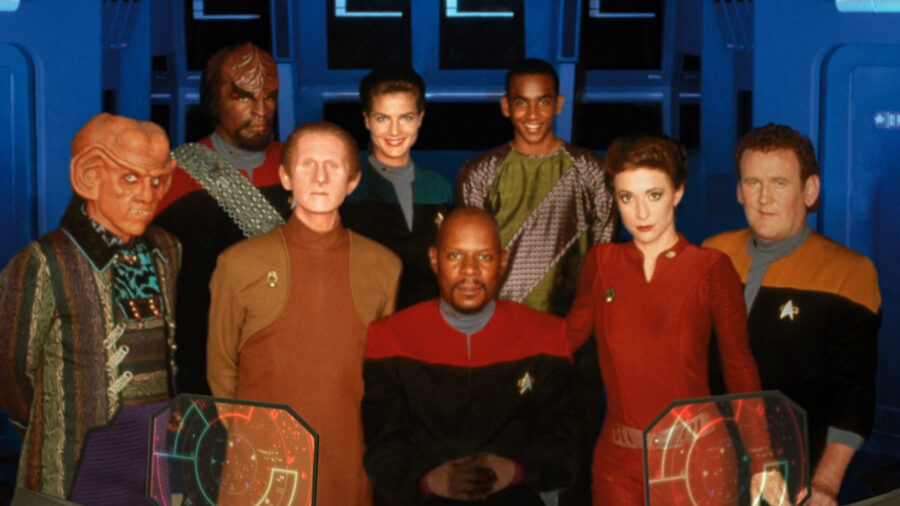
While Star Trek is a franchise with many amazing qualities, it’s fair to say what put The Original Series on the map was its uncanny ability to translate complex and controversial ideas into sci-fi metaphors that helped audiences discuss everything from race to religion. With that being said, some of the franchise’s most important alien races are built off of metaphors that go right over the heads of average fans. Case in point: the Bajorans who became a central focus of Star Trek: Deep Space Nine were, according to writer/producer Michael Piller, based on Palestinians as well as “Kurds, the Jews, and the American Indians.”
Star Trek Wanted A Conquered People
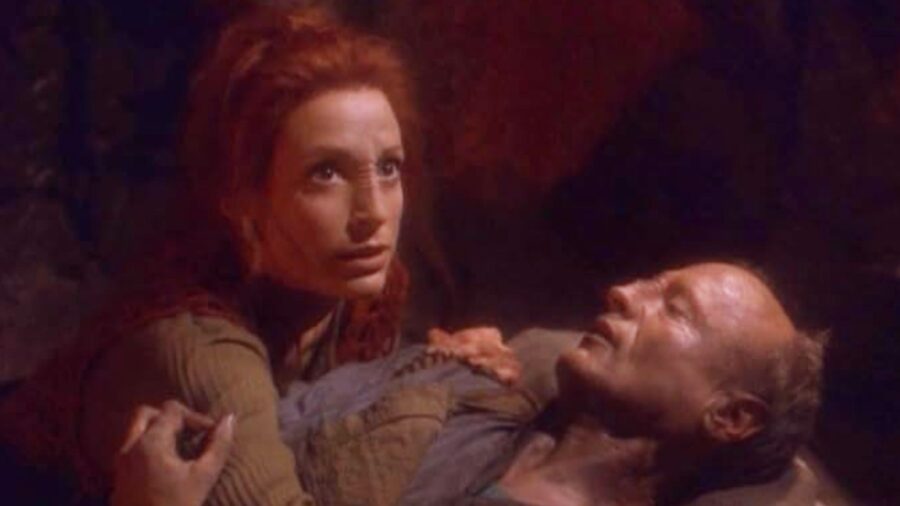
Needless to say, any discussions involving Palestine are insanely controversial in our present day. Why, then, did Star Trek go out of its way to base the Bajorans on the Palestinians and other groups mentioned above? To hear Piller describe it, the writers of The Next Generation (and later, Deep Space Nine) wanted a new alien race that could metaphorically represent “any racially bound group of people who have been deprived of their home by a powerful force.”
Rick Berman And Ensign Ro
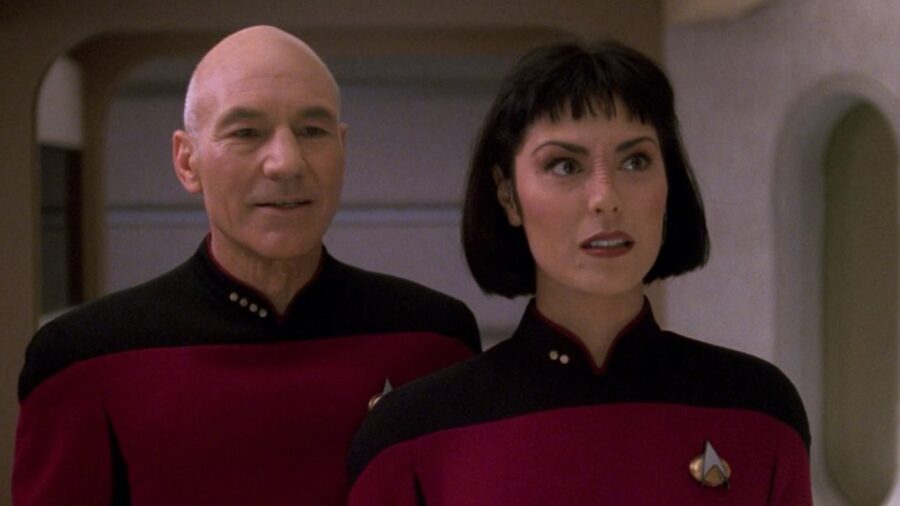
This is an idea that was echoed by Star Trek producer Rick Berman. When it came to how the Bajorans were presented in The Next Generation episode “Ensign Ro,” he acknowledged the Palestinian influence but also noted they were based on “The Kurds…the Jews in the 1940s, the boat people from Haiti,” symbolically representing that both terrorism and homelessness “are problems [in every age].” Even decades ago, he felt it was important to distance Star Trek from having the Bajorans be a metaphorical representation of any one real-life group.
Depends On Interpretation

Star Trek’s Michael Piller generally agreed with this idea when discussing the Bajorans, noting specifically how audiences could read as much or as little as they wanted to into the metaphor of their choice. “When you talk about a civilization like the Bajorans who were great architects and builders with enormous artistic skills centuries before humans were even standing erect, you might be thinking a lot more about Indians than Palestinians.” As it has always been going back to The Original Series, the exact nuances of Star Trek’s metaphors are left up to audience interpretation.
The Bajorans And The Cardassians
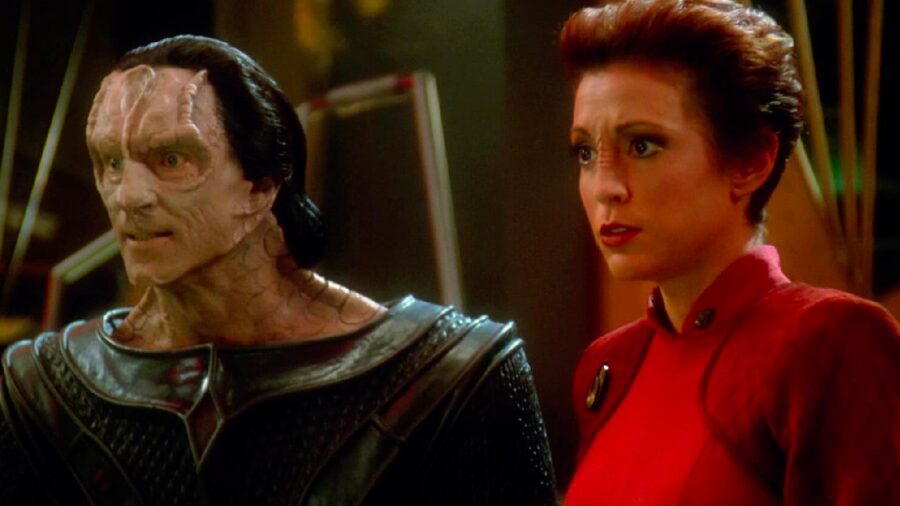
Fellow Star Trek writer and producer Ronald D. Moore took the symbolic ambiguity one step further, acknowledging that who any given fan sees the Bajorans as representative of is likely to change based on which episode they are watching. Depending on which ep you watch, he said, “you could also call Bajor Israel, or Iran, or even America.” Accordingly, he saw the oppressors of Bajor, the Cardassians, as similarly fluid when it comes to fan interpretation: they could metaphorically represent Germany, Russia, or potentially other examples dependent on episode and audience interpretation.
IDIC
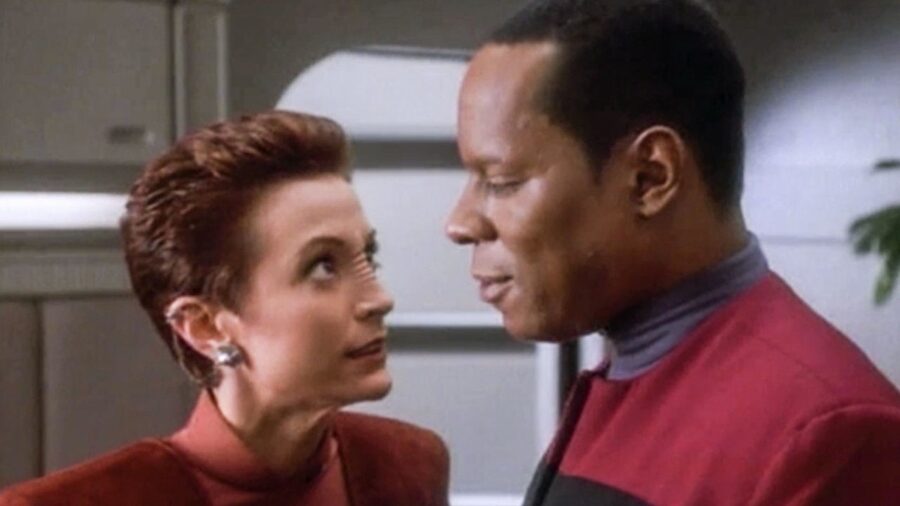
While this level of narrative ambiguity in Star Trek sometimes frustrates parts of the fandom, we think this might covertly be the secret to the franchise’s success. Using super explicit metaphors with no room for alternate interpretations for races like the Bajorans would severely limit storytelling and might even cause cynical viewers to think the show is shoving particular messages down our throats. By instead leaning into the versatility of both narrative and interpretation, Star Trek enthusiastically embraces its ethos: Infinite Diversity in Infinite Combinations, a concept just as important to building a better story as it is to building a better society.
The Messages Have Always Been There

Of course, the one group of Star Trek fans likely to be annoyed by these Bajoran revelations are those who accuse NuTrek shows like Discovery of derailing good storytelling with blatant messages and metaphors centered on diversity. The Trek may be new, but the franchise using its stories to hold a mirror to our own society is as old as Captain Kirk. Frankly, fans who have managed to overlook such metaphorical messaging for decades might need to borrow Data’s emotion ship so they can finally enjoy the Star Trek for more than cool special effects and space battles.
